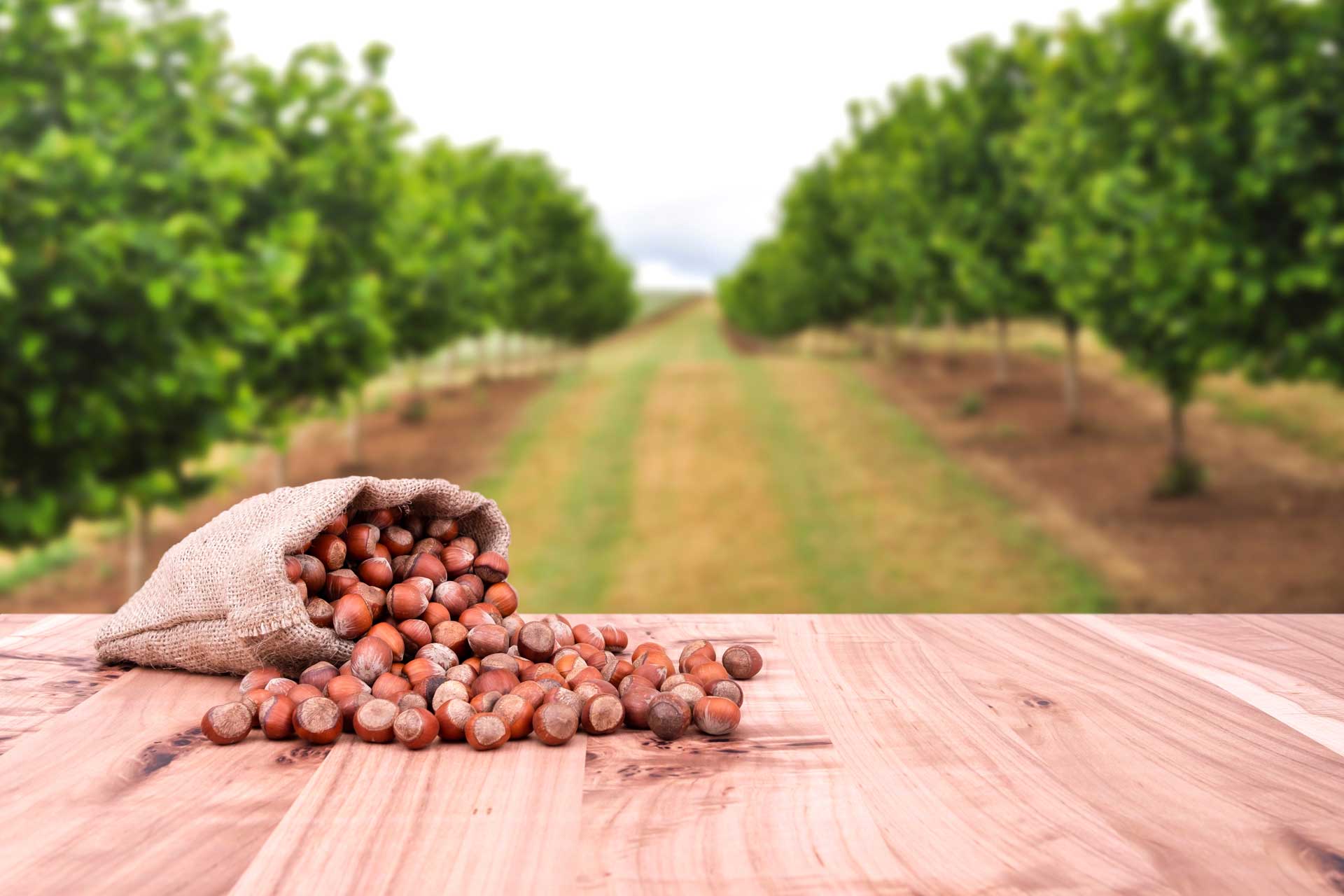Protecting susceptible hazelnut buds from Eastern Filbert Blight infections in the spring starts with fungicide applications at bud break and continues for the next eight weeks.
According to Jay Pscheidt, Oregon State University plant pathologist, control of Eastern Filbert Blight in hazelnuts has been variable. Control can reach 100 percent in low pressure years, but only 77 percent in high pressure years.
The fungal disease was a barrier to the expansion of the hazelnut industry in Oregon before the development of resistant hazelnut varieties. The disease was first found in the Willamette Valley in 1986. Growers continue to have difficulty detecting and managing the disease. Fungicide applications and pruning to remove cankers are the primary controls, but due to the two-year cycle of the fungus, the cankers are not found until after the disease has spread.
OSU’s Eastern Filbert Blight Help Page notes that a Group 11 fungicide Approach was registered for use on hazelnuts early in 2019. This group of fungicides is typically absorbed by plant tissue over a few days. Adjuvants or sticker-spreader materials can help with uptake.
Trials showed that the use of this fungicide at labeled rates along with a surfactant resulted in an average control of 90 percent. All trials were better than the non-treated control.
Most fungicides have a two-week residual, so four applications of rotated chemistry starting at bud break should be enough for season-long control. Although hazelnuts are still susceptible after this period, additional applications have not resulted in significantly better disease control.
Strategies to minimize the risk of resistance include alternating and/or tank mixing fungicides with different modes of action. There are five fungicide groups to choose from including groups 3, 11, M5, M3 and M1. It is suggested that the first application be chorothalonil or Ziram (group M5 or M3) followed by your choice of a group 3 or 11 fungicides. Each of the next two applications would be different from the last one.
An example of a fungicide program would be to start with Bravo (group M5) at bud break, followed by Gem (group 11) two weeks later, then Tilt (group 3) two weeks after that and ending with Cabrio (group 11). The use of multi-site products such as chlorothalonil (M5), Ziram (M3) or copper-based (M1) products for all four applications would also be acceptable.
Information on the relative efficacy of fungicides, fungicide schedules or cultural practices for control of plant diseases such as EFB is generated each year. This more detailed information can be found at the following web site:
The Fruit and Ornamental Disease Management Testing Program
















